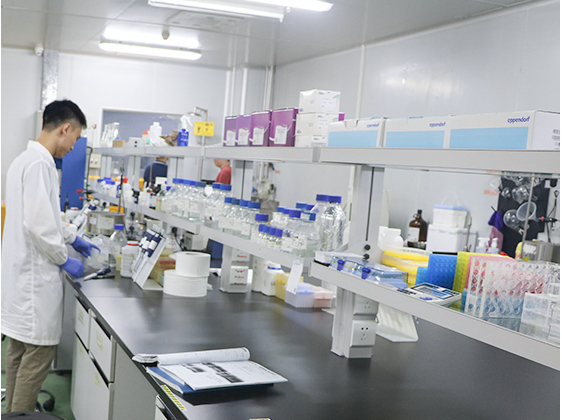
Bontac Bio is a Chinese high-tech enterprise that uses biocatalytic technology to produce coenzyme factors, drug intermediates and natural products on a large scale. We have won the second prize of Shenzhen Science and Technology Progress, and were selected into the top 100 innovative enterprises in Bao'an District. We have built the Coenzyme Engineering Technology Research Center of Guangdong Province and Green Biosynthesis Research Institute.
The R&D center is located in Taohuayuan Innovation and Technology Park, Baoan District, Shenzhen, covering an area of more than 2,000 square meters. The R&D center is mainly responsible for the company's new products and new technology research and development-pilot work, as well as patent application, paper publication, market research, sample testing, project application, technical services, external exchanges and training of young management-level staff. We have completed the mass production of a number of biocatalysis projects on substances such as coenzyme factors (NR , NMN, NAD(H), NADP(H)), creatine phosphate, ginsenoside Rh2, ursodeoxycholic acid, phosphatidylserine, Apigenin, steviol glycoside RD and psicose, etc. In recent years, we have undertaken 5 scientific and technological projects in Shenzhen, received a total of 38 million yuan in vertical funds, applied for more than 150 patents, and owned a library of enzymes of more than 600 kinds.
The R&D center has five major technology platforms respectively for protein expression, enzyme modification, enzyme purification and immobilization, design and optimization of enzyme catalytic reaction condition, and product purification.
There are three expression hosts of Escherichia coli, yeast, and Streptomyces. The following is the development process of expressing proteins in Escherichia coli.



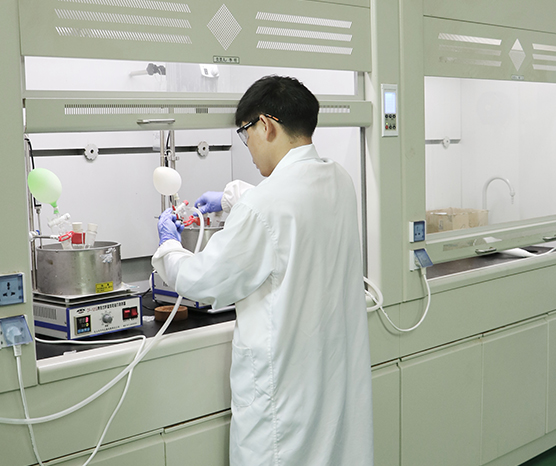
The core R&D personnel have many years of experience in biocatalysis, structural biology and directed evolution, and have published papers in well-known journals such as PNAS, PLoS Pathogens, FEBS J, JMB, JAFC, Biotechnology for Biofuels, etc. We have integrated (semi-) rational design, directed evolution, multi-enzyme fusion and other enzyme engineering methods to change the expression level, thermal stability, substrate specificity and catalytic efficiency of enzymes. At present, it has been applied in many projects for subtances such as coenzyme factor, steviol glycoside RD and psicose.
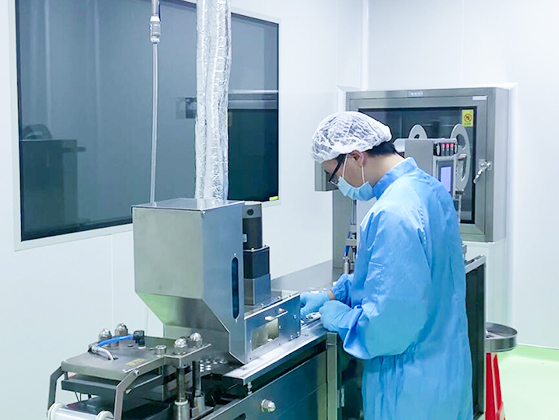
For in vitro enzyme catalysis, we have independently developed a variety of purification resins and immobilized resins suitable for mass production. Common groups include NTA, IDA, epoxy, amino and composite groups. Different resin substrates can also be screened according to protein properties and reaction conditions.
If substrates and products can enter and exit cells freely and are not easily degraded by hybrid enzymes, whole-cell catalysis is often the better choice.
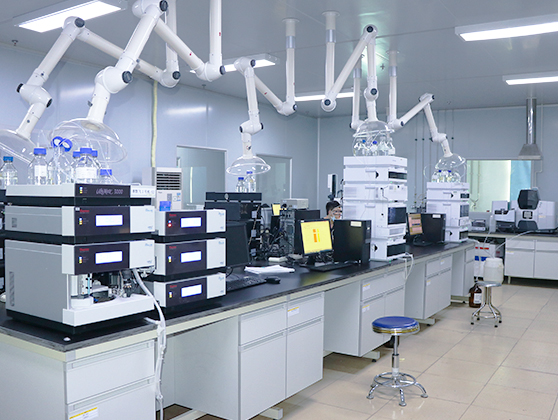
Based on mature experience, the optimization process of reaction conditions including reaction pH, reaction temperature, metal ions, substrate concentration, enzyme amount, reaction time, whole-cell/enzyme preservation and application can be completed in about 1-3 months.
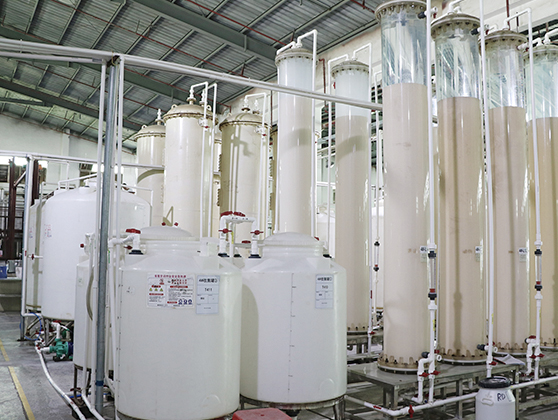
For in vitro enzyme catalysis, we have independently developed a variety of purification resins and immobilized resins suitable for mass production. Common groups include NTA, IDA, epoxy, amino and composite groups. Different resin substrates can also be screened according to protein properties and reaction conditions.
If substrates and products can enter and exit cells freely and are not easily degraded by hybrid enzymes, whole-cell catalysis is often the better choice.
